Teaching Kids to “Let It Go”
One of the wonderful aspects of the (possibly over-exposed, very hyped) Disney movie Frozen is the many opportunities it gives for emotional intelligence building.
As part of our Frozen preschool unit, we had two awesome discussions about emotional intelligence, and really we could have so many more (I brainstormed a list for you below).
Today, I’m sharing here about teaching kids to “let it go,” and over at Christian Montessori Network about using fractals to explain social and personal responsibility.
OK, so I’m just going to acknowledge that the song might have a different interpretation of the term “let it go.” You could definitely do a twist on their version, and talk about not letting other peoples’ opinions and desires dictate how one lives one’s live.
(But on the whole, we can say that we don’t really want our children to take their emotional intelligence cues from Elsa’s insights as she runs up the mountainside.)
“Letting go” is about about forgiveness; learning to cope with hurt, anger, and frustration; and releasing bad feelings.
But how do we teach children to “let it go?”
Start by discussing how holding onto things that hurt us doesn’t help us feel better.
Talk about how letting go of bad feelings is hard, because hurt feelings are real and it can make you angry when someone does something mean. But, letting go of the pain and forgiving people helps the hurt go away, and will replace those hurt feelings with pride because your child showed power and control over their actions.
Walk Away
One thing I will agree with Elsa on, it can be best to walk away when we’re feeling hurt and overwhelmed. It can take many reminders, but eventually children will stop reacting and they will start showing control over their actions. Ella took three months of reminders to “walk away” when upset before she started doing it. Be persistent.
Ask for Help
It’s okay to be vulnerable, and it’s okay to ask for help. Elsa was afraid and rather than open herself up, she ran away. Ask your children, if Elsa had told Anna about her fears from the beginning, would that have helped? How can we ask for help when we are feeling overwhelmed?\
Deep, Controlled Breaths
I’ve written so many times about the power of teaching children how to regulate their breathing in helping to learn emotional regulation. Teach children how to slowly fill their lungs up with ice-melting air when they feel overwhelmed, and then let out an icy blast of wind.
Practicing Forgiveness
Have an honest conversation about your family’s values on forgiveness. I believe in forgiving wholeheartedly but being clear about future boundaries, and I emphasize that forgiving doesn’t mean that we are saying what happened was okay, we are saying we’re not going to let it affect our future interactions with that person, and we’re releasing them of guilt.
Give Them Scripts
Help children learn how to identify and label their emotions (we love using Kimochis for this, or emotion sensory bins), and give them scripts to practice for when they are in overwhelming situations.
(I’ve written about how to give and practice scripts with children here.)
Rhythmic Movement
I’m a huge fan of teaching children how to use their bodies to help ease inner tension. This can be done with yoga, dance, using a finger labrynth, or something else that a child finds calming.
Having a safe space for children to go when they are feeling overwhelmed is also key.
Other possible emotional intelligence conversations inspired by Frozen:
- Stranger Danger – ahem, Prince Hans.
- Misunderstanding others – some people thought Elsa was bad, when she was just scared
- Defensiveness – why we feel that way, why others might feel that way, and what we can do about it
- How fear can lead us to make poor choices
- Family first – sometimes we have our own motives and goals, but putting others before ourselves might be a principle you are hoping to instill
- “No right, no wrong, no rules for me.” Talk about objectivity, about not making people right or wrong, and just seeking to understand them. How do your children feel about rules?
Would you use a popular movie, like Frozen, to inspire a conversation about emotional intelligence?
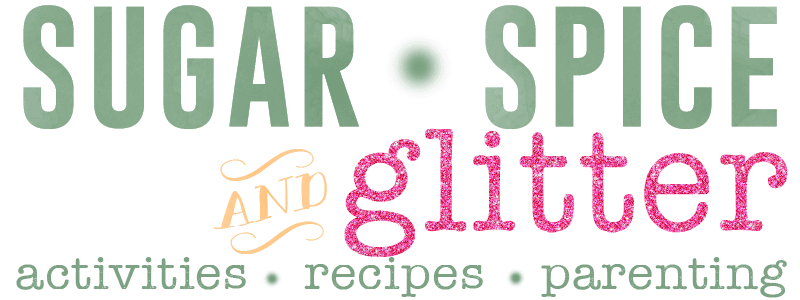
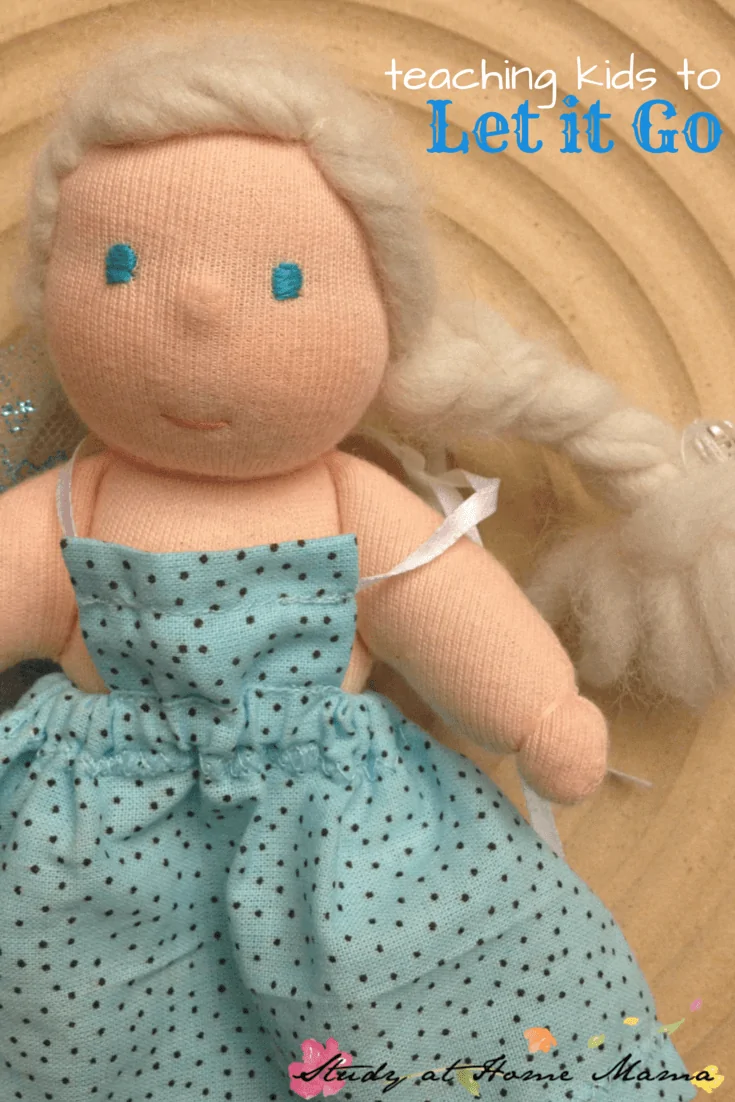
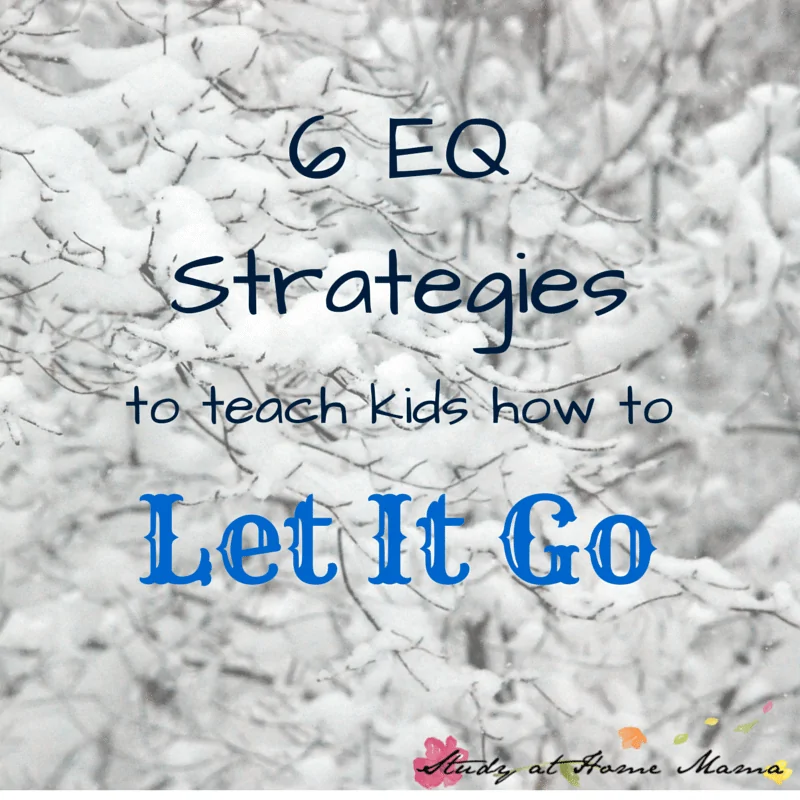
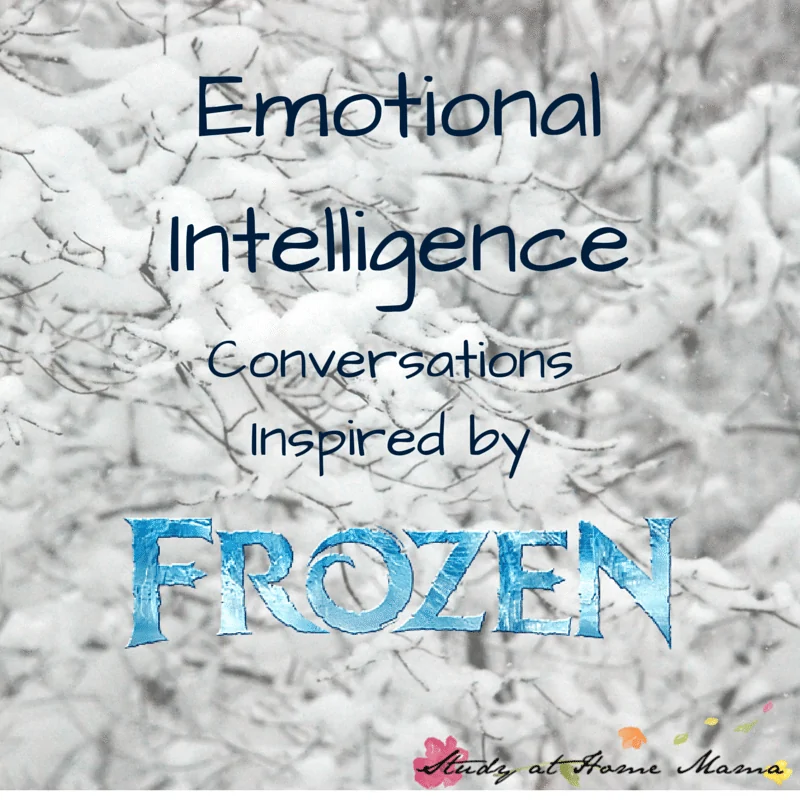

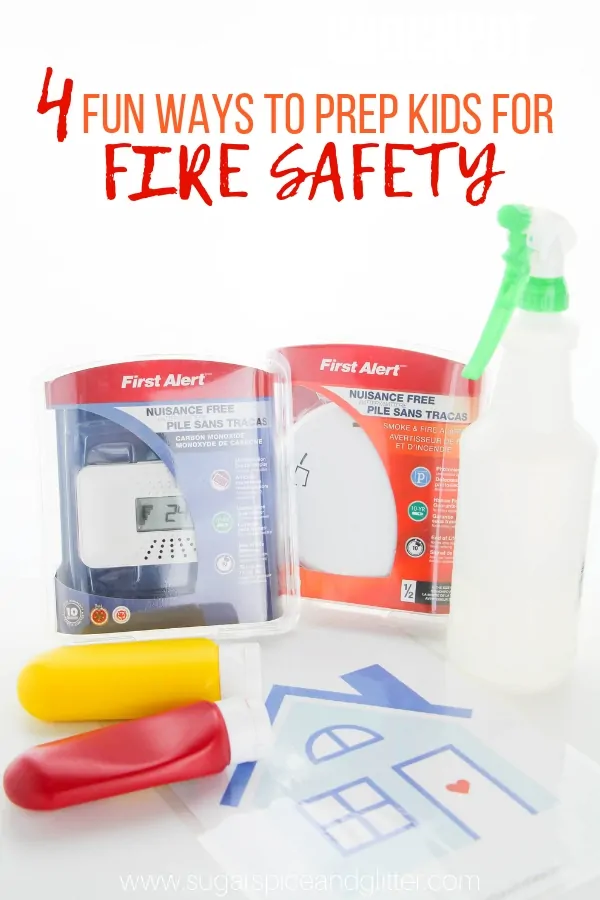

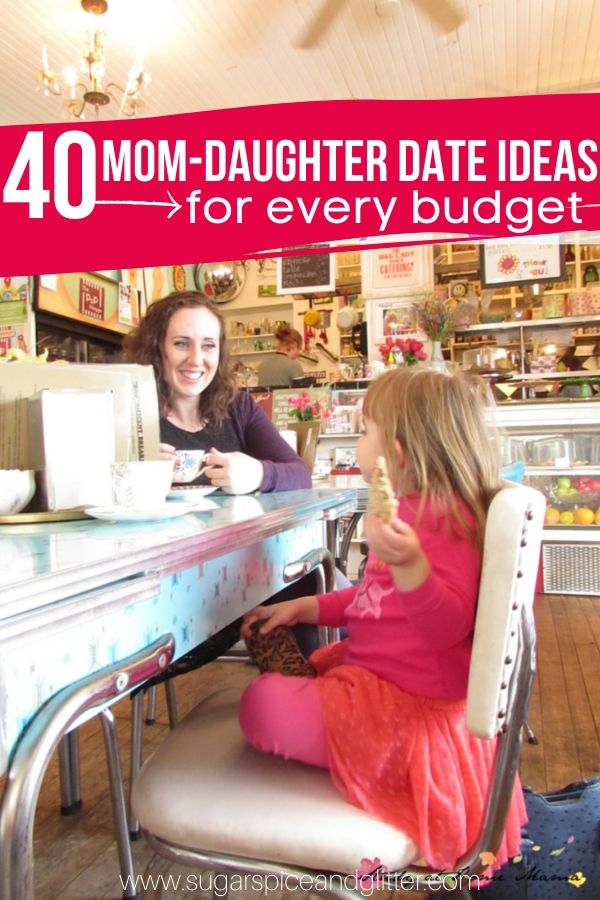

I’m so tired of reading about Frozen that I almost skipped reading this. So glad I didn’t. Delightful delightful post.
LOL, best comment award! Thanks for reading it and your kind words. 🙂
Wonderful post!
Thank you!
Its not about emotional intelligence, though i appreciate the sentimdent. I have always been subdued by my iq, feeling like i have to hold back for fear of offending. The song is about releasing those social impediments and realizing one’s potential, despite the nerd stereotypes that decimate our geniuses
Hi Justin,
Thanks for your comment. I actually mentioned that if you read through the article:
“OK, so I’m just going to acknowledge that the song might have a different interpretation of the term “let it go.” You could definitely do a twist on their version, and talk about not letting other peoples’ opinions and desires dictate how one lives one’s live.
(But on the whole, we can say that we don’t really want our children to take their emotional intelligence cues from Elsa’s insights as she runs up the mountainside.)”
I completely understand the struggle you describe, I’ve shared on this blog before about my own struggles with expressing my genius and finding an outlet for it in a school system that doesn’t really allow children to reach their full potential. It is something I am also grappling with in raising my daughter, as I don’t want her to encounter the frustration or waste her potential.
Thanks for your informative article